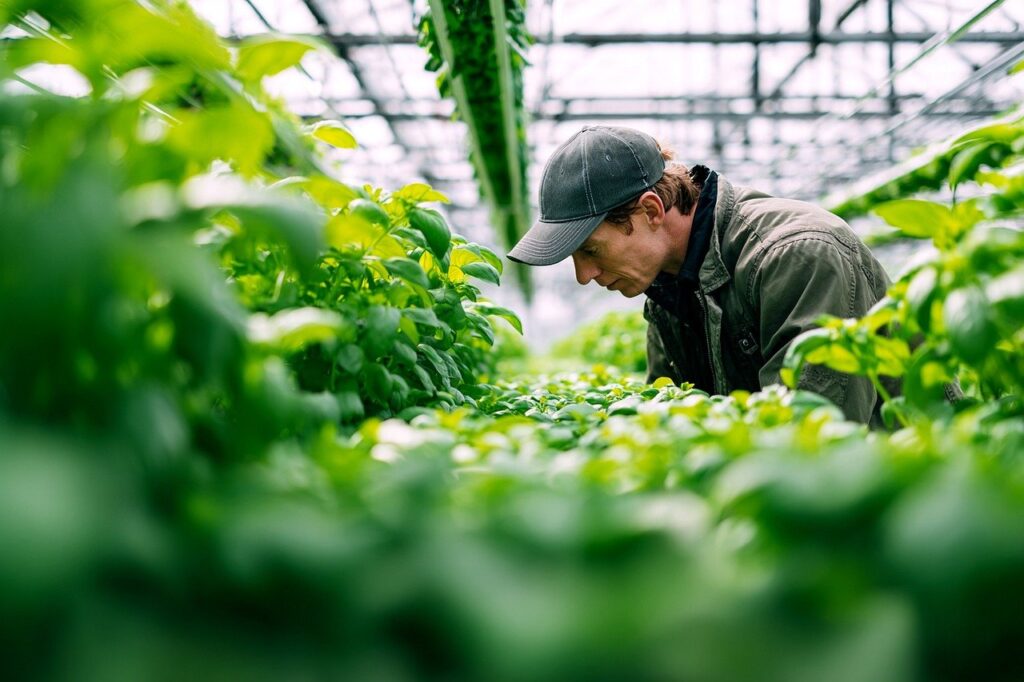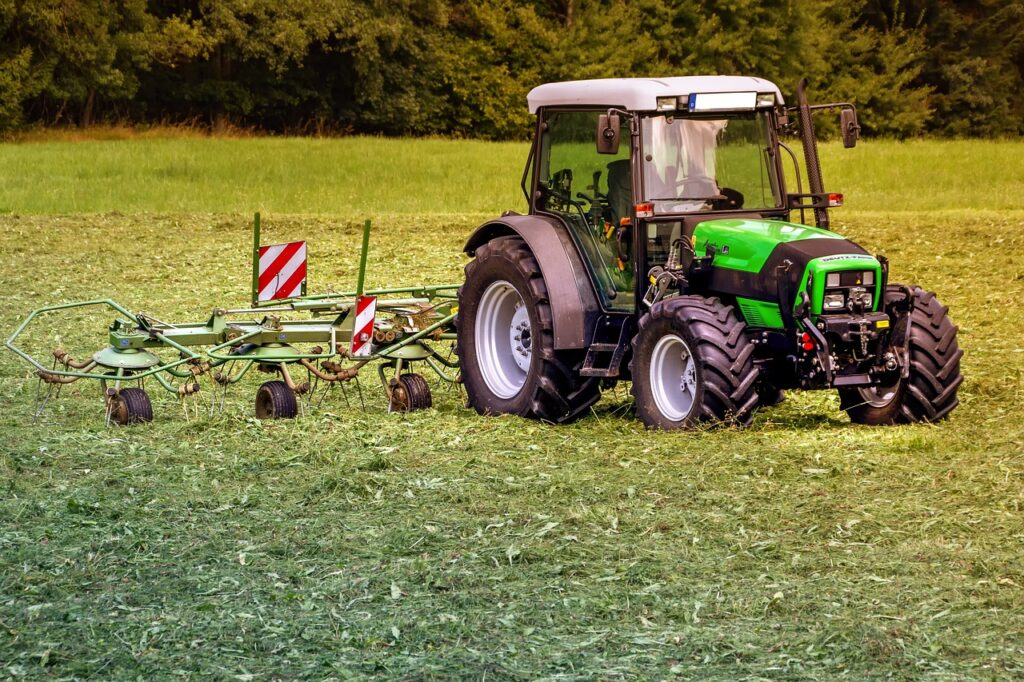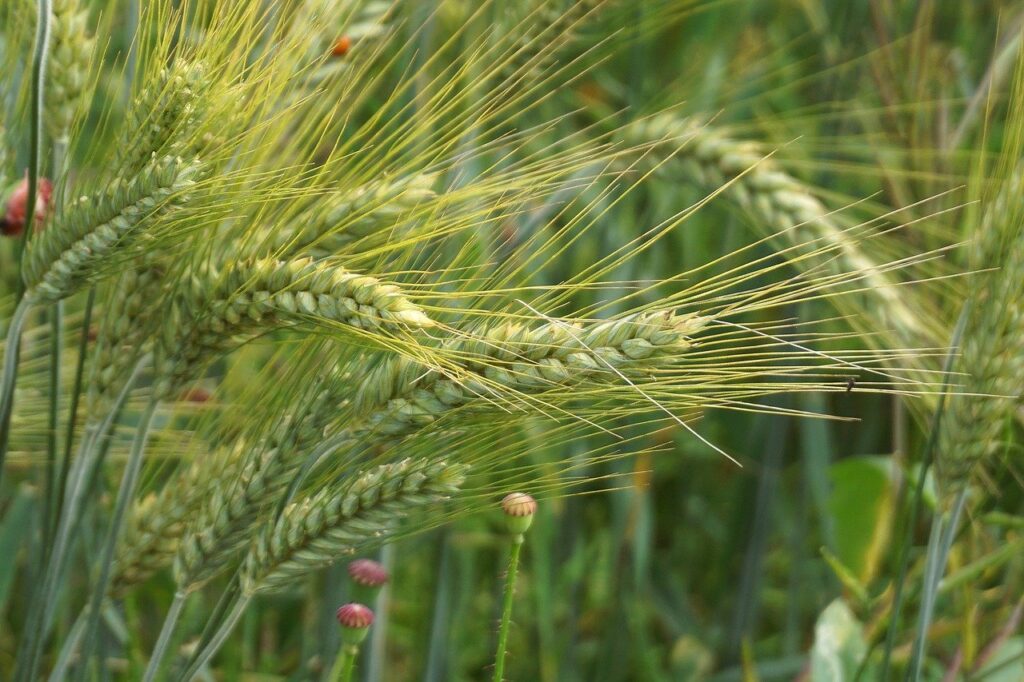
Agriculture, often referred to as the backbone of civilization, has been central to human survival for thousands of years. As we step into 2025, it is tempting to assume that with rapid advancements in technology, artificial intelligence, and industrialization, the importance of agriculture may have diminished. Yet, the truth is the opposite: agriculture has not only retained its relevance but has grown more crucial than ever before.
In this article, we will explore why agriculture continues to be a cornerstone of our societies in 2025, the challenges it faces, the innovations shaping it, and how it impacts every aspect of our lives — from food security to climate resilience, from economic stability to cultural heritage.
1. Agriculture Feeds the World
At its core, agriculture exists to fulfill humanity’s most basic need — food. No matter how advanced technology becomes, every person on the planet needs nourishment. In 2025, the global population has crossed 8 billion, and feeding such a massive number of people requires a strong and resilient agricultural system.
- Rising Demand for Food: By 2030, food demand is expected to rise by 50% compared to 2010. This demand isn’t just for staple crops like rice, wheat, and maize, but also for diverse and nutritious foods.
- Nutritional Security: Modern agriculture in 2025 is no longer just about calories but also about nutrients. Malnutrition remains a concern in many parts of the world, making agriculture essential in combating hunger and ensuring healthy diets.
- Urbanization and Food Supply Chains: With more than 55% of the population living in cities, agriculture sustains urban centers by providing a continuous flow of food.
Simply put, without agriculture, there is no food security — and without food security, societies cannot function.
2. Agriculture Powers the Economy
Agriculture is not just about farming; it is a global economic powerhouse. In 2025, agriculture and its allied sectors contribute significantly to GDP, employment, and trade.
- Employment Generator: Globally, agriculture continues to employ over 25% of the workforce, especially in developing countries.
- Economic Growth: Countries like India, Brazil, and parts of Africa rely heavily on agriculture for their GDP. Even in developed nations, agriculture drives exports and supports rural economies.
- Global Trade: Agricultural commodities like soybeans, corn, coffee, and cotton dominate international trade. The global agricultural export market in 2025 exceeds $2 trillion, making it a vital part of international relations.
Thus, agriculture is more than just an occupation — it is the lifeline of economic stability.
3. Agriculture as a Tool for Climate Action
One of the biggest reasons agriculture is indispensable in 2025 is its role in tackling climate change.
- Carbon Sequestration: Soil and forests act as massive carbon sinks, capturing greenhouse gases. Regenerative agricultural practices like no-till farming, crop rotation, and agroforestry are helping combat global warming.
- Climate Resilient Practices: Farmers are adopting drought-resistant crops, precision irrigation, and AI-driven weather forecasting to adapt to extreme climate conditions.
- Renewable Energy: Agriculture is a key producer of biofuels, reducing dependence on fossil fuels. Crops like sugarcane, corn, and oilseeds are now powering vehicles and industries.
Instead of being a problem, agriculture in 2025 is increasingly seen as a solution to the climate crisis.
4. Agriculture Sustains Rural Communities
In many parts of the world, agriculture is more than a profession; it is a way of life.
- Rural Employment: In developing nations, the majority of rural families depend on agriculture for their livelihoods.
- Cultural Heritage: Farming traditions, rituals, and food cultures are deeply rooted in agricultural practices. In 2025, efforts to preserve indigenous farming techniques and seeds are growing stronger.
- Social Stability: Agriculture prevents large-scale migration from rural to urban areas by providing income and dignity to farmers.
Without agriculture, rural communities would collapse, leading to economic and social instability worldwide.
5. Technological Transformation in Agriculture
If you imagine agriculture as outdated, think again. The year 2025 is witnessing a digital revolution in farming.
- Smart Farming: Farmers now use drones, sensors, and AI-driven apps to monitor soil, water, and crop health.
- Vertical Farming: Urban areas are adopting vertical farms that produce food in skyscrapers, reducing transportation costs and land use.
- Genetic Advances: Biotechnology is producing climate-resilient and nutrient-rich crops, ensuring higher yields.
- Blockchain in Agriculture: From farm to table, blockchain ensures transparency in food supply chains, boosting consumer trust.
- Robotics: Automated tractors, robotic harvesters, and drones are increasing efficiency and reducing labor shortages.
This Agriculture 4.0 is not just sustaining farming but making it more profitable, sustainable, and precise.

6. Agriculture Ensures Energy and Industrial Inputs
Agriculture is not limited to food. In 2025, it powers industries and provides essential raw materials:
- Biofuels: Crops like corn and sugarcane are powering ethanol plants, while oilseeds produce biodiesel.
- Textiles: Cotton, jute, hemp, and flax remain vital for the textile industry.
- Pharmaceuticals: Medicinal plants and herbs are the foundation of many modern drugs.
- Bioplastics: With the push against petroleum-based plastics, bioplastics derived from corn starch and sugarcane are rising.
Thus, agriculture is interwoven into industries beyond food production.
7. Global Food Security and Geopolitics
Agriculture has become a strategic tool in international relations.
- Food Diplomacy: Countries with surplus agricultural production exert influence by exporting food to deficit regions.
- Conflicts and Stability: Food shortages often lead to conflicts, migrations, and political instability. Ensuring robust agricultural systems reduces the risk of such crises.
- Global South and North Relations: Developing countries with strong agricultural output are leveraging their resources for trade and partnerships.
In essence, food security is national security, and agriculture is the foundation of both.
8. Agriculture and Health in 2025
The saying “you are what you eat” has never been more relevant.
- Rise of Organic Farming: Consumers are demanding pesticide-free, organic, and locally grown food.
- Plant-Based Diets: Agriculture is adapting to the growing demand for plant-based proteins as people shift towards sustainable diets.
- Functional Foods: Nutrient-rich superfoods like quinoa, chia seeds, and moringa are being cultivated at large scale to meet health-conscious demand.
- Preventive Healthcare: Agriculture contributes directly to disease prevention by providing fresh fruits, vegetables, and whole grains.
Thus, agriculture is tied not only to survival but to the overall health and longevity of societies.
9. Challenges Facing Agriculture in 2025
While agriculture is indispensable, it is not without challenges.
- Climate Change: Extreme weather events continue to threaten crop yields.
- Soil Degradation: Over-farming, erosion, and chemical use have reduced soil fertility.
- Water Scarcity: Agriculture consumes nearly 70% of freshwater; efficient irrigation is a pressing need.
- Land Shortage: With expanding cities, farmland is shrinking.
- Farmer Distress: In many regions, farmers struggle with debts, poor prices, and lack of recognition.
Addressing these issues is critical to sustaining agriculture for the future.
10. The Future of Agriculture Beyond 2025
Agriculture in 2025 is not an endpoint but a transition point. The coming decades will see further transformation:
- AI-Integrated Farms where machines make real-time decisions.
- Climate-Smart Crops that can thrive in extreme environments.
- Space Agriculture with experiments on growing crops in Mars-like conditions.
- Personalized Nutrition Farming where farms grow crops based on specific consumer health needs.
Agriculture will continue to evolve, but its core purpose — feeding and sustaining humanity — will remain timeless.
Conclusion
In 2025, agriculture is not merely “being used” — it is the very foundation of human existence. It feeds billions, fuels economies, combats climate change, preserves traditions, drives technology, and safeguards the future. Far from becoming obsolete, agriculture has reinvented itself to meet the demands of a rapidly changing world.
As we move forward, the message is clear: investing in agriculture is not optional, it is essential for survival and prosperity. In a world of artificial intelligence, skyscrapers, and space exploration, the plow, the seed, and the soil still hold the power to determine our destiny.

